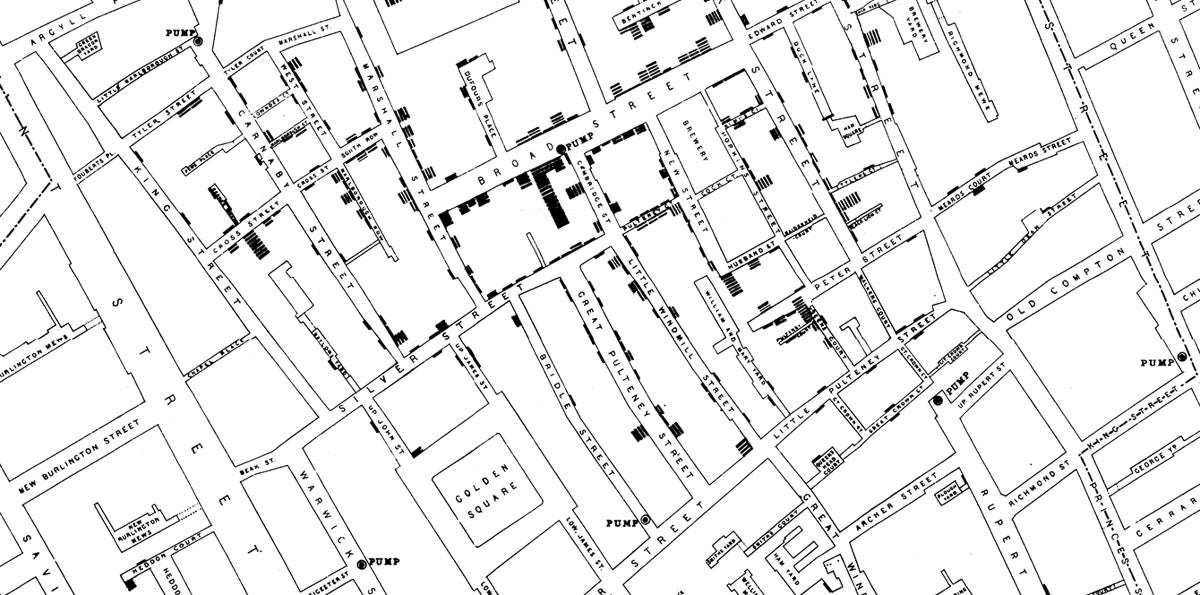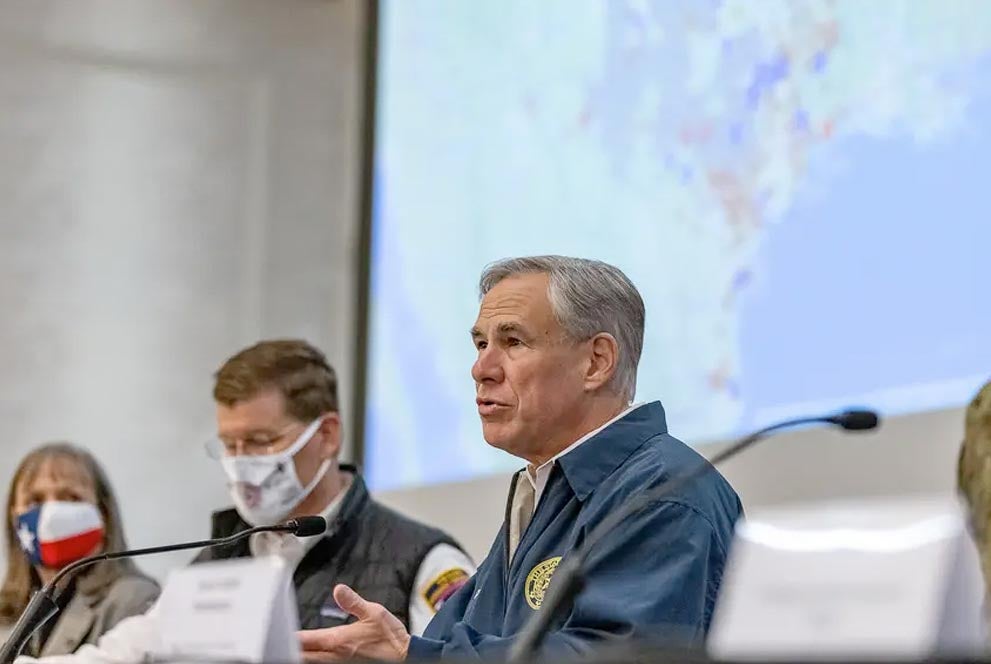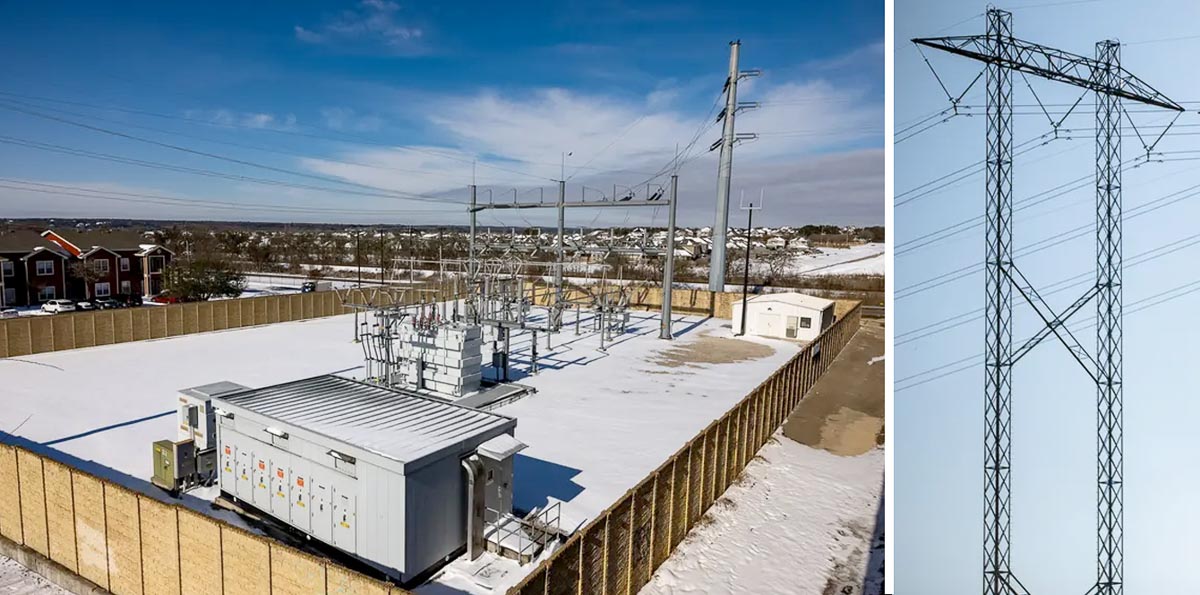Sitting here in central Houston this week, with no water, spotty internet and the looming fear that we would lose power and heat, I kept thinking about John Snow.
John Snow, for those of you who aren’t up on your urban history, was the guy who solved the mystery of the cholera epidemic in London in the 1850s, which took thousands of lives. Most experts thought it was transmitted somehow through the air, a condition often called “miasma” in those days. But Snow, who was a practicing physician with a knack for research, proved that cholera was actually transmitted through contaminated water. He did this by overlay mapping — common today, now that we have computerized maps but unheard of in his time. He mapped the cholera cases and then mapped the location of public wells. Bingo.

John Snow’s map of cholera cases and public water pumps in 1850s London. Photo source: Wikimedia Commons
In so doing, he unleashed a remarkable modernization movement in sanitary infrastructure, which has led to a revolution in public health. Instead of drawing water from wells, today we have water delivered to us through a centralized water supply system (which, for better or worse, is often driven by electrical pumps — which was part of the problem in Texas this past week). Instead of simply throwing human waste out into the street or into our yard, we flush the toilet (when we have water to flush it with). Almost nobody in the developed world dies of cholera anymore.
This sanitary revolution also set the tone for the way cities — and, indeed, all human settlements — work today: We depend almost entirely on centralized infrastructure to provide us with the things we need to live a civilized life. That’s true not only for water and sewer service but also for gas and electric service as well. Just as we use faucets instead of wells, so too do we use electricity instead of fireplaces and gas lamps.
The same could be said for other systems as well. Though most of us travel by private automobile, we must rely on a centralized system of roads built and maintained by the government. When we’re sick, instead of using home remedies and visits from the doctor, we go to centralized and highly sophisticated medical facilities. When we fly somewhere (let’s say to someplace like, for example, Cancun, as Sen. Ted Cruz did this week), we are completely dependent on a centralized, technologically sophisticated, and mostly government-run set of systems.
Furthermore, as we in Texas realized this week, these centralized infrastructure systems are all highly interdependent. The failure of the electricity grid, combined with the cold weather, meant that there was no electricity to pump Houston’s water to its residents. And traffic was interrupted too — not only by hazardous conditions, but by the fact that electrical blackouts knocked out innumerable traffic lights.
In other words, even though we take these systems for granted, they are all extremely fragile and interdependent, and we push them to the limit. In defending their actions over the last week, the leaders of the Electricity Reliability Council of Texas (the now-infamous ERCOT) said they had to order rolling blackouts because Texas was “seconds and minutes” away “from a catastrophic failure that could have left Texans in the dark for months,” according to the Texas Tribune. Though ERCOT’s credibility might be a bit shaky these days, I have to say that as a veteran of both the 1965 Northeast blackout and California’s rolling blackouts of 2000 and 2001, I don’t doubt the truth of this statement.
So, we in Texas have endured a lack of water and power for the better part of a week, along with a lot of collateral damage. (In my case, a misstep in my attic while I was fiddling with the water heater led me to come crashing down through the floor into our spare bedroom, and now there’s a hole in the ceiling right above the sofa where I typically write these essays.)
Throughout the past century and a half, there have been repeated arguments — by, ironically, both right-wing survivalists and left-wing environmentalists — that perhaps this extreme centralization, especially of electricity generation, is not such a good idea. In his wonderful 1980s book “Dynamos and Virgins,” environmental lawyer David Roe describes how there was nothing pre-ordained about the development of the centralized dynamo electrical generator, and society could have gone in a different direction with a more decentralized system. Today, environmentalists love to talk about using solar panels to take themselves off the grid and even selling power back to the grid.
Not surprisingly, the centralized bureaucracies — government agencies, public utilities, private companies — that control all of these systems have always been the objects of public scorn because people don’t like being tethered to them. Indeed, as I wrote in the chapter on transportation in my book “The Reluctant Metropolis,” one of the reasons cars became popular a century ago is that it freed people from the railway companies — often both rapacious and unreliable — that they had previously depended on to get around.
I consider myself an environmentalist (one of the many reasons I have always advocated alternatives to cars) and I am a big fan of renewable energy, which has been — erroneously and even duplicitously — blamed by Republican politicians such as our Gov. Greg Abbott for ERCOT’s problems. (In fact, most of the problem was a lack of weatherization of natural gas facilities — a problem identified a decade ago but never fixed.) But in a highly urbanized society of 300 million people, it seems unlikely to me that we are going to wean ourselves off of centralized infrastructure systems.

Gov. Greg Abbott called on state lawmakers to mandate the winterization of generators and power plants, a proposal previously floated but not implemented by state leaders in the aftermath of another devastating winter storm in 2011. Photo by Jordan Vonderhaar, The Texas Tribune
So, as I sit here on the sofa staring at the hole in the ceiling that is our house’s legacy of this week’s disastrous events, I am reminded — as so many of us have been — that there’s actually a deeply personal connection between our daily lives and all those seemingly abstract infrastructure problems everybody in Washington is always talking about.
There’s no question that we in the United States are living off of our past investments in infrastructure without building the new stuff we need — or even upgrading the old stuff we have. This is often cast in terms of economic competition with China and other developing countries, but as I say it’s much more personal than that — it’s a matter of maintaining the quality of our lives every single day. Yet our general sense of inertia and our unwillingness to make long-term investments puts us at risk every day, as the ERCOT crisis has shown.
During Donald Trump’s administration, the eternally postponed “infrastructure week” became a long-standing joke. Our unwillingness to raise the gas tax (which has been the same since early in the Clinton Administration) has caused us to go into the hole on highway projects — we can’t pay for them with cash anymore and are borrowing (or printing) money to build them.
Joe Biden has made it clear he intends to prioritize infrastructure and come up with a big plan (that will come with a big price tag) in the next few months. Last week, the Kinder Institute, in collaboration with Henry Cisneros, released a report documenting local infrastructure needs around the country and arguing that the Biden Administration should consult with mayors and other local and regional leaders in shaping its infrastructure plan.
It’s about time for a real infrastructure week in Washington, and it’s about time for leaders in Texas to reconcile their free-market rhetoric with the need to invest heavily in quasi-public infrastructure and ramp up effective public oversight of that infrastructure so that it’ll work for us in emergency situations, especially since we seem to be in a constant state of emergency around here.
And it’s about time I invested in my own personal infrastructure by fixing that hole in the ceiling above me. It’s a bit drafty and I’m tired of looking at it.
This essay was first published on Medium.

